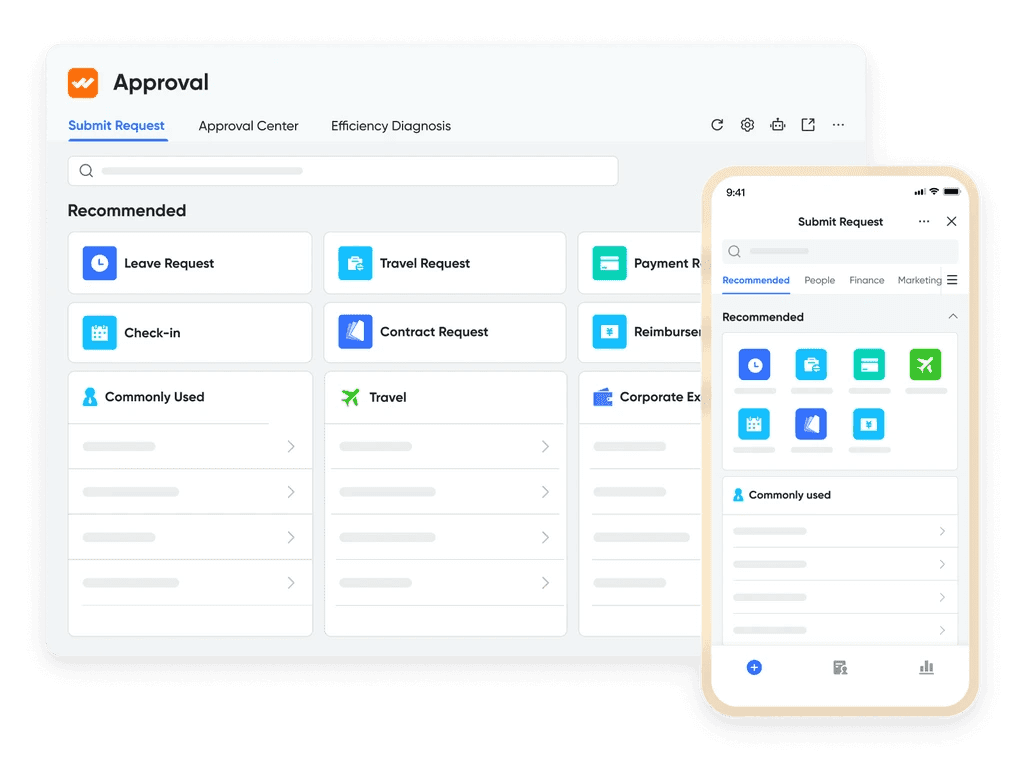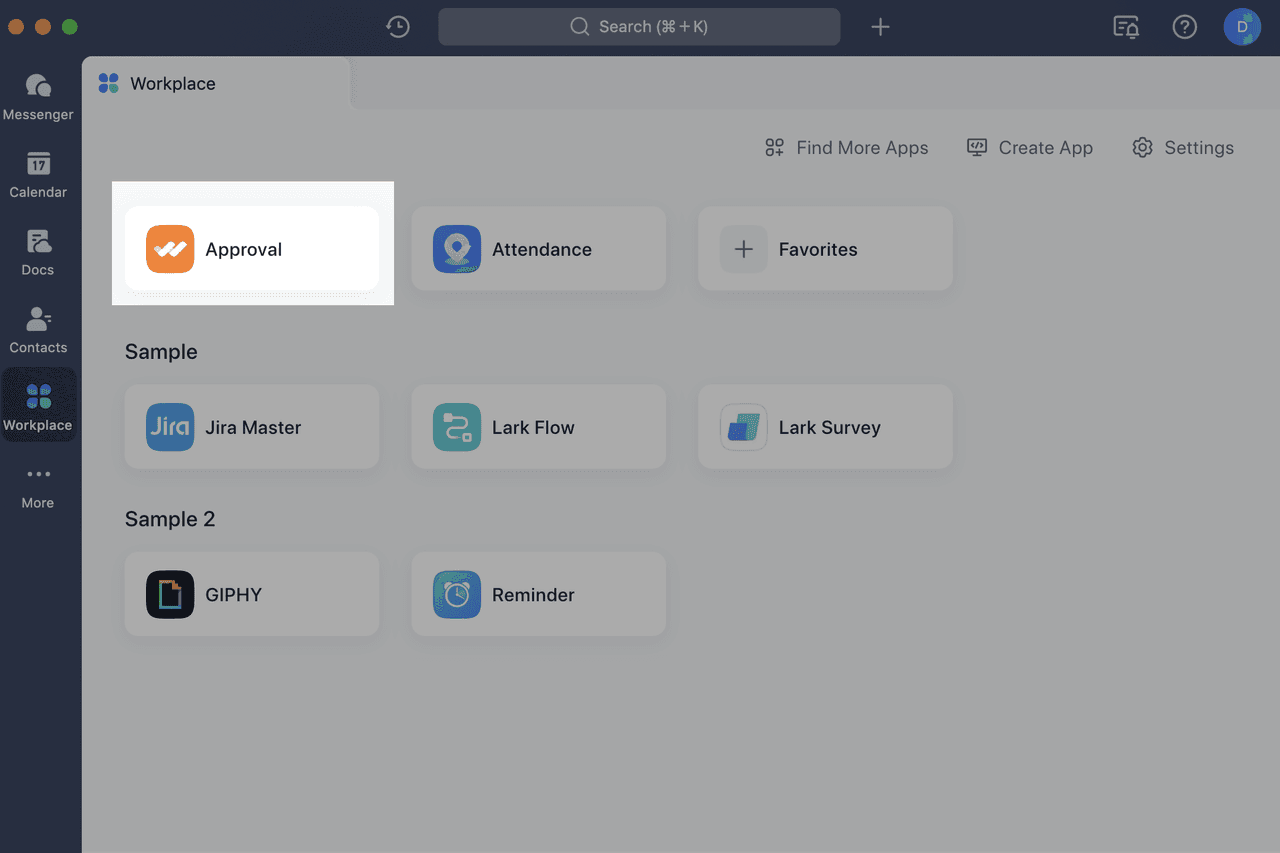Define Workflow Management
Workflow management is a concept that revolves around the organization, coordination, and control of tasks and resources within a business or organization. It involves the planning, execution, and monitoring of all activities to achieve a specific goal or outcome. The primary objective of workflow management is to streamline processes, reduce errors, and enhance overall efficiency.
In today's fast-paced business environment, effective workflow management is essential for organizations to stay competitive. It allows businesses to improve their operational efficiency, minimize bottlenecks, and reduce the time and effort required to complete tasks. By implementing a robust workflow management system, organizations can optimize their resources, improve collaboration, and make better-informed decisions.
Types of Workflow Management
There are several types of workflow management systems, each with its unique characteristics and applications. Here are three common types of workflows:
Sequential workflows
Sequential workflows consist of a series of tasks that need to be completed in a specific order. These workflows typically have a start and end point, with each task dependent on the completion of the previous one. Sequential workflows are common in many industries and processes, such as project management, manufacturing, and software development.Examples of sequential workflows include:Assembly line processes in manufacturingDocument approval processes in organizationsSoftware development life cycle (SDLC) in IT projects
State machine workflows
State machine workflows are characterized by various states, events, and transitions. Unlike sequential workflows, tasks in state machine workflows are not necessarily linear. Instead, the process can move between different states based on specific conditions or triggers.
Examples of state machine workflows include:
Customer support ticket handling, where the ticket moves between states such as "new," "in progress," and "resolved"
Sales pipeline management, where leads move through stages like "prospect," "qualified," "negotiation," and "closed"
Rules-driven workflows
Rules-driven workflows are guided by a set of predefined rules or conditions. These workflows use logical operators and decision points to determine the path of the process. The rules can be easily modified to accommodate changes in the business environment or requirements.
Examples of rules-driven workflows include:
Credit approval processes in financial institutions, where applications are approved or rejected based on predefined criteria
Email marketing campaigns, where recipients receive different messages based on their behavior or preferences
Significance of Workflow Management
Workflow management is crucial for several reasons:
Improving efficiency and productivity: By streamlining and automating processes, workflow management systems help organizations reduce the time and effort required to complete tasks. This leads to increased productivity and a more efficient use of resources.
Enhancing collaboration and communication: Workflow management systems facilitate better communication and collaboration among team members by providing a centralized platform for accessing and sharing information. This ensures that everyone is on the same page and can easily collaborate on tasks.
Facilitating better decision-making: With access to real-time data and insights, managers can make better-informed decisions based on accurate and up-to-date information. Workflow management systems also provide visibility into the status of tasks and projects, allowing managers to quickly identify bottlenecks and take corrective action.
Characteristics of Workflow Management
Some key features of workflow management systems include:
Automation and standardization: Workflow management systems automate repetitive tasks and standardize processes, reducing the likelihood of errors and ensuring consistency across the organization.
Flexibility and scalability: An effective workflow management system should be flexible enough to accommodate changes in business requirements and scalable to handle increasing workloads as the organization grows.
Monitoring and reporting: Workflow management systems should provide robust monitoring and reporting capabilities, enabling managers to track progress, identify bottlenecks, and evaluate the effectiveness of processes.
How to Select Workflow Management Tools
When choosing a workflow management tool, consider the following factors:
Assessing organizational needs and requirements: Before selecting a workflow management tool, it's essential to understand your organization's specific needs and requirements. Consider factors like the size of your organization, the complexity of your processes, and the level of customization required.
Comparing features and functionality: Evaluate different workflow management tools based on their features and functionality. Look for tools that offer automation, flexibility, scalability, monitoring, and reporting capabilities.
Evaluating ease of use and integration capabilities: Choose a workflow management tool that is user-friendly and easy to learn, as this will ensure quick adoption by your team. Additionally, consider how well the tool integrates with your existing systems and software, as this will help streamline processes and improve overall efficiency.
Introducing Lark: A Comprehensive Workflow Management Solution

As more businesses shift to a digital environment, the importance of having a robust workflow management system is becoming increasingly evident. Lark's workflow management offers a comprehensive solution for streamlining various processes within an organization. By providing a seamless transition from traditional workflow management systems, Lark helps you unlock numerous benefits that will improve your team's efficiency and productivity.
Time-saving: Lark's workflow management automates many time-consuming tasks and approval processes, allowing your team to focus on more important work.
Improved collaboration: With Lark, team members can easily communicate and collaborate on projects, share documents, and make decisions in real-time.
Customizable approval processes: Lark's approval templates cater to different scenarios, and administrators have the option to create custom approvals to meet the unique needs of their team.
Greater visibility and transparency: Lark offers a centralized platform to track approvals and monitor progress, ensuring that everyone has access to the necessary information and updates.
A Step-by-Step Guide on Using Lark's Workflow Management

To maximize the benefits of Lark's workflow management, it is crucial to understand how to use it effectively. In this section, we will provide a brief summary of using Lark's workflow management, from creating custom approvals to setting up approval notifications.
Create custom approvals: Lark offers various frequently used approval templates, but you can also create custom approvals to meet your team's unique needs. (Learn more about creating custom approvals)
Design approval forms: Personalize your approval forms by designing them according to your team's requirements. This ensures that employees provide the necessary information while going through the approval process. (Learn more about designing approval forms)
Design an approval process: Lark allows you to set up flexible approval processes, including approvers, approval methods, and permissions. (Learn more about designing approval processes)
Set branch conditions: Different approval processes can be used in various situations by setting up branch conditions. (Learn more about branch conditions)
Set up approval notifications: Keep everyone in the loop by enabling automatic or manual notifications for relevant users. (Learn more about setting up approval notifications)
Cancel approvals: If necessary, Lark allows users to cancel requests during the approval process. (Learn more about canceling approvals)
Set a sending range: Forward approval requests to private chats or group chats, allowing users to view and leave comments. (Learn more about setting a sending range)
Top Tips for Maximizing Lark's Potential
To get the most out of Lark's workflow management system, consider the following tips:
Encourage collaboration: Ensure that team members are actively using Lark to communicate and collaborate on projects. This will help streamline processes and improve overall efficiency.
Customize approval processes: Tailor approval processes to fit your organization's specific needs by creating custom approvals and designing personalized approval forms.
Implement proper training: Provide adequate training and support to ensure that all team members understand how to use Lark's workflow management effectively.
Monitor progress: Keep track of approval processes and address any bottlenecks or issues promptly to ensure smooth operations.
Frequently Asked Questions about Lark's Workflow Management
Here are some common questions and answers related to Lark's workflow management:
How can I create custom approvals?
Lark provides several frequently used approval templates, but you can also create custom approvals to meet your team's unique needs.
Can I set up different approval processes for different situations?
Yes, you can set up branch conditions to use different approval processes in various situations.
How can I ensure that my team is using Lark's workflow management effectively?
Provide adequate training and encourage collaboration among team members. Monitor progress and address any issues promptly to ensure smooth operations.
What should I do if the leave duration is displayed incorrectly?
Check whether the calculation method is set as a working day in the Leave Management from Approval Admin. If you select the weekend, it will not be added to the leave duration.
By implementing Lark's workflow management in your organization, you can improve efficiency and streamline various processes, allowing your team to focus on more important tasks. With the right tips and understanding, you can maximize the potential of Lark and enjoy its numerous benefits.
Table of Contents















